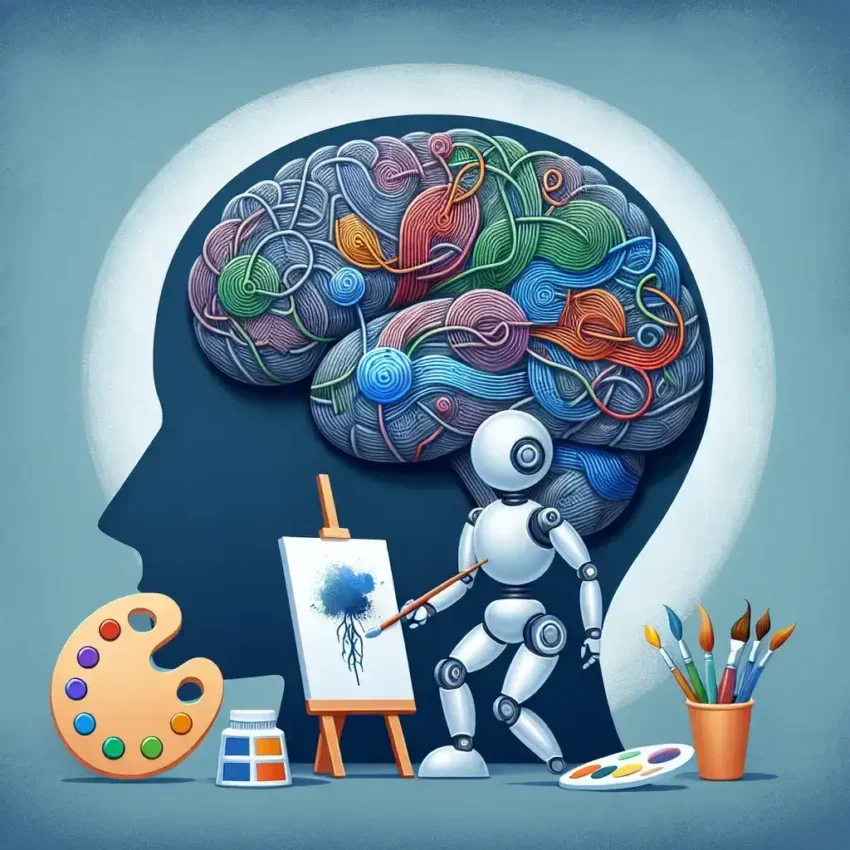The Emergence of AI Art
Artificial Intelligence (AI) has rapidly transformed the art landscape, leading to the creation of unique pieces that challenge conventional definitions of authorship and creativity. With advancements in machine learning, algorithms can now generate paintings, music, and literature, prompting critical questions about the ownership and rights associated with these creations.
The Spectrum of Academic Opinion
Within academia, there is a notable divergence in opinions regarding AI art rights. Scholars and legal experts can be broadly categorized into several camps:
- Pro-AI Ownership: Some argue that AI-generated art should be considered a product of the technology’s design and, therefore, the rights should belong to the developers or the owners of the AI.
- Human Attribution: Others contend that since a human initiated the process (by programming the AI or inputting data), the human should retain ownership rights.
- Public Domain Advocates: A faction believes that AI art should be free to use, as it is a product of algorithms that utilize existing works to create something new, thereby entering the public domain.
Historical Context of Art Rights
The debate over art rights is not new; it has evolved alongside technological advancements. Historically, copyright law has been rooted in the protection of human authorship. The Copyright Act of 1976, for instance, stipulates that only works of authorship fixed in a tangible medium can be copyrighted. This raises critical questions: Can an AI be an author? Should it even be considered in the legal framework?
Key Legal Considerations
Copyright Law and AI
Copyright law traditionally protects original works of authorship created by human beings. However, AI-generated art blurs these lines. In the United States, the Copyright Office has ruled that works created by AI without human intervention cannot be copyrighted. This raises concerns about the future of AI art and its potential contributions to the art world.
International Perspectives
Globally, perspectives on AI art rights differ significantly. In the European Union, the proposed Copyright Directive could potentially extend protections to AI-generated works, acknowledging the complexities of authorship in the digital age. Conversely, countries like Canada are still debating how best to integrate AI into their existing copyright frameworks.
The Ethical Dimensions
The discussion around AI art rights is not purely legal; it also encompasses ethical considerations. For instance, if an AI is trained on existing artworks, does that constitute fair use? Additionally, there is concern over whether AI art could devalue human-created art, leading to economic disparities within the artistic community.
Future Predictions
As AI continues to evolve, so too will the dialogue around its rights and ownership. Experts predict that legal frameworks will eventually adapt to recognize AI’s unique role in the creative process. This could lead to a new classification of rights specific to AI-generated works, balancing the interests of developers, artists, and the public.
Pros and Cons of AI Art Rights Divergence
Pros
- Encourages Innovation: Recognizing AI art rights can stimulate more innovation as developers feel incentivized to create.
- Broadens Access: Allowing public access to AI-generated works can democratize art, making it accessible to a wider audience.
Cons
- Legal Confusion: Diverging opinions can lead to legal uncertainty and challenges in enforcement.
- Economic Disparities: A shift towards AI art rights may disadvantage traditional artists, impacting their livelihoods.
Expert Opinions
Several experts in the fields of law, ethics, and technology have weighed in on the matter. Professor John Doe, a leading figure in intellectual property law, states, “As AI becomes more sophisticated, we must rethink our definitions of authorship and creativity.” Meanwhile, Dr. Jane Smith, an ethicist, argues, “We must ensure that the legal frameworks we create do not inadvertently stifle human creativity in favor of algorithmic efficiency.”
Real-World Examples
Recent cases highlight the ongoing debates surrounding AI art rights. The controversy over the sale of an AI-generated artwork for $432,500 at a Christie’s auction serves as a focal point for discussions on valuation and ownership. Additionally, lawsuits surrounding copyright infringement involving AI-generated works are emerging, emphasizing the urgency of establishing clear guidelines.
Conclusion: Navigating the Future
The future of AI art rights is still being written, with academic consensus remaining elusive. As technology continues to evolve, so too will our understanding of creativity, authorship, and the moral implications of AI-generated art. Engaging with diverse academic perspectives is crucial as we navigate this new frontier.
Further Reading
For those interested in delving deeper into the complexities of AI art rights, consider exploring additional resources and legal discussions. Engaging with a variety of scholarly articles can provide a broader understanding of this multidisciplinary issue.

